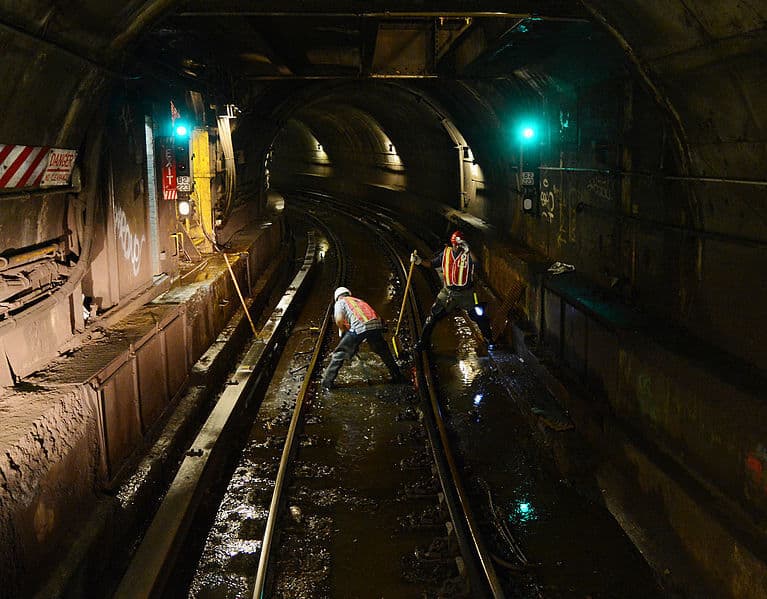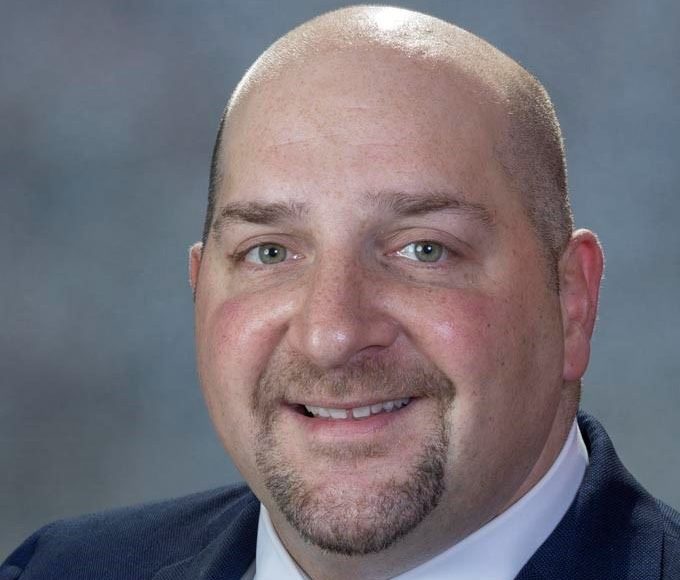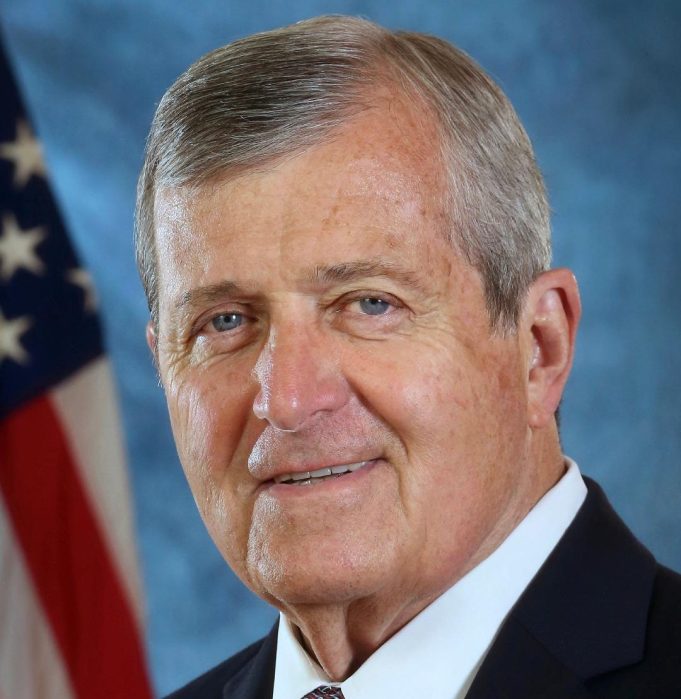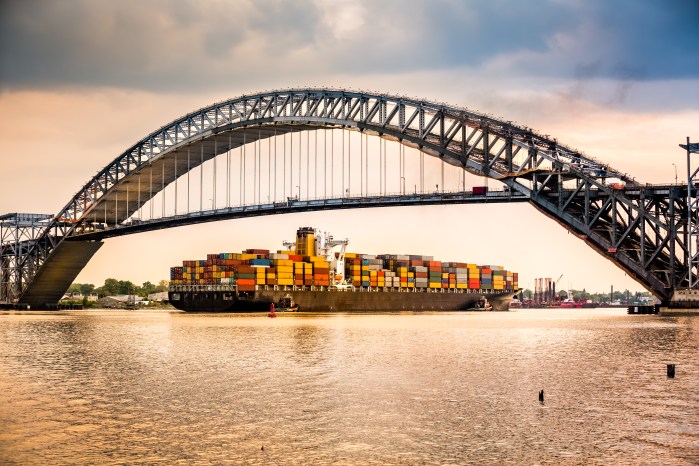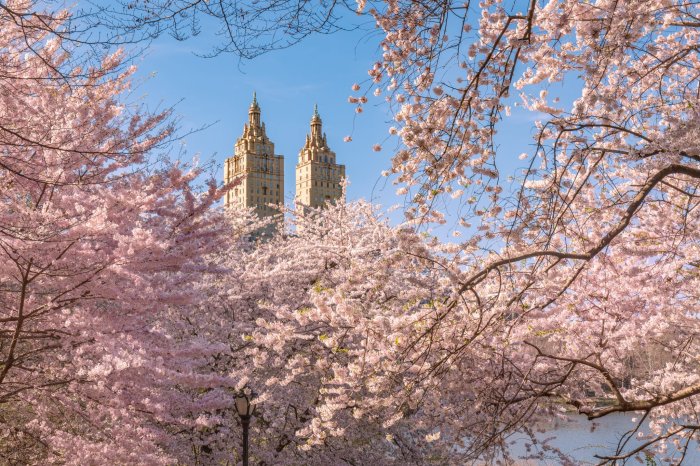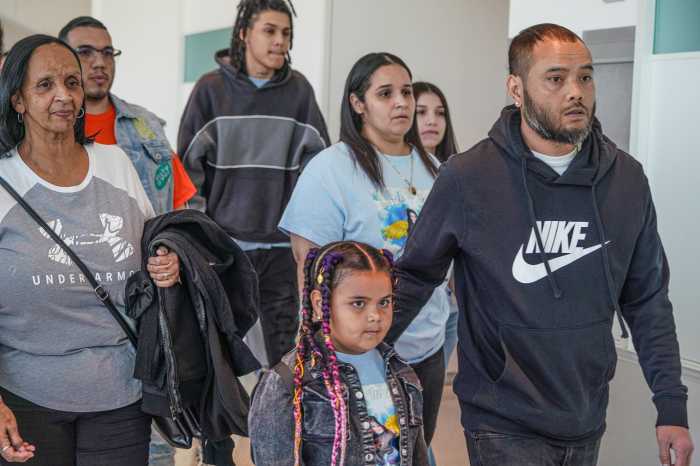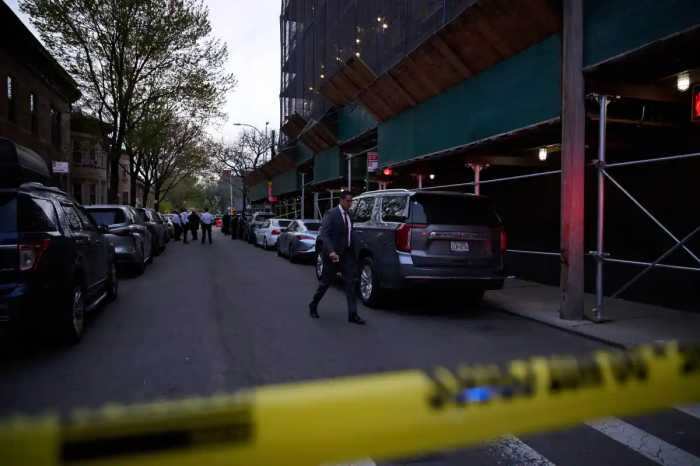Super Storm Sandy in 2012 resulted in extensive flooding damage to the New York City (NYC) Transit subway system. In the aftermath, the Federal Transit Administration (FTA) provided billions in discretionary funding under the Super Storm Sandy Recovery and Resiliency program to MTA. This supplemented over $1 billion in annual FTA formula funding that has grown to $1.5 billion today. NYC Transit should have learned from Super Storm Sandy which of the 471 subway stations and 36 subway lines were most vulnerable to flooding or located in flood zones. Remedial actions should have been completed years ago.

(Photo courtesy of MTA New York City Transit/Marc A. Hermann/CC BY 2.0)
Fast forward to 2021. After spending emergency funds on upgrading and adding additional sump pumps, securing subway entrances, elevator shafts and street level air vents, there are still too many subway stations and lines subject to flooding after major rain storms. Based upon the most recent record storm as a result of Hurricane Ida. NYC Transit still needs to do more. New York City is the actual owner of our NYC Transit bus and subway system. MTA operates the system based upon the 1953 Master Lease and Operating Agreement between City Hall and the MTA. Consider adding new pump rooms. Improve coordination with the New York City Department of Environmental Protection to insure there is adequate storm water and sewage system capacity adjacent to stations and tracks. Purchase additional mobile pumps and pump trains. City Hall must provide adequate funding to NYC Department of Environmental Protection so they can provide NYC Transit with the necessary support to provide safe and reliable service that five million pre-COVID-19 riders count on.
There needs to be additional capital improvements in the current $51 billion Five Year 2020-24 Capital Plan to deal with flooding. Funding is only provided to bring seven of the seventeen existing NYC Transit subway system pump rooms back to a state of good repair. Why not program additional federal or local funds to deal with this periodic problem? What not add additional capital improvements in the pending MTA 2020-40 Twenty Year Capital Plan to deal with this?
How many NYC Transit Bus. Manhattan and Bronx Surface Transit Operating Authority Bus, MTA Bus (the former seven NYC private franchised bus operators), NYC Transit and Staten Island Railway subway yard and shops are located in flood zone areas? Have they all been upgraded to deal with the next Super Storm Sandy? The same should apply to all Long Island and Metro North Rail Road stations, yards and shops. The tracks serving the Port Washington branch adjacent to both the Bayside and Great Neck Stations have on several occasions after heavy rain storms been subject to flooding. This resulted in delays and suspension of service. Will the proposed new $2.05 LaGuardia Air Train station connection to the existing NYC Transit and LIRR Willets Point stations located near a flood zone be able to handle potential flooding?
Five million subway and commuter rail riders should not have to deal with continued inconveniences every time there is a major rain storm.
Larry Penner—transportation advocate, historian and writer who previously worked for the Federal Transit Administration Region 2 New York Office. This included the development, review, approval and oversight for billions in capital projects and programs for the MTA, NYC Transit, Long Island Rail Road, Metro North Rail Road, MTA Bus along with 30 other transit agencies in NY & NJ.




